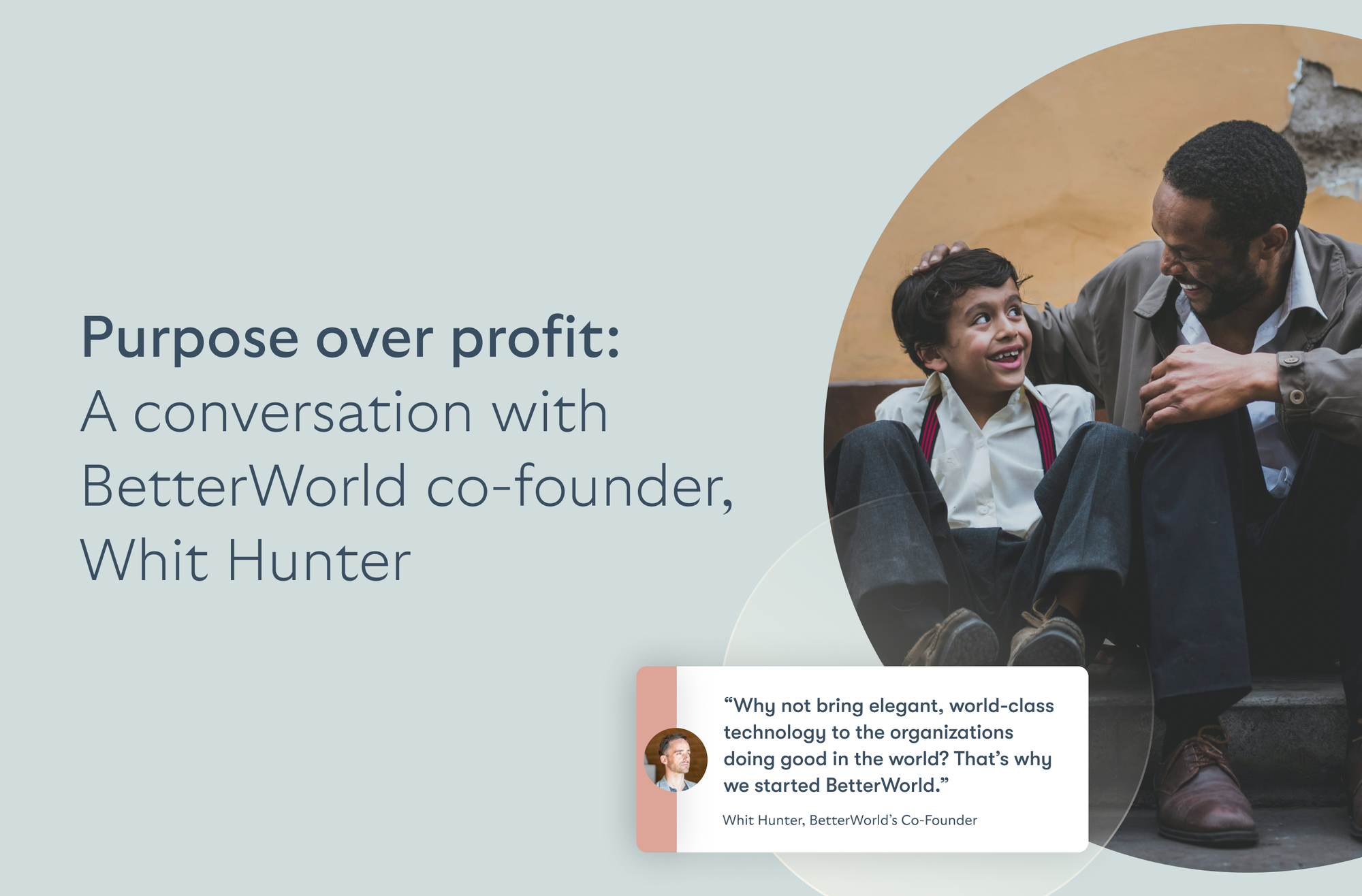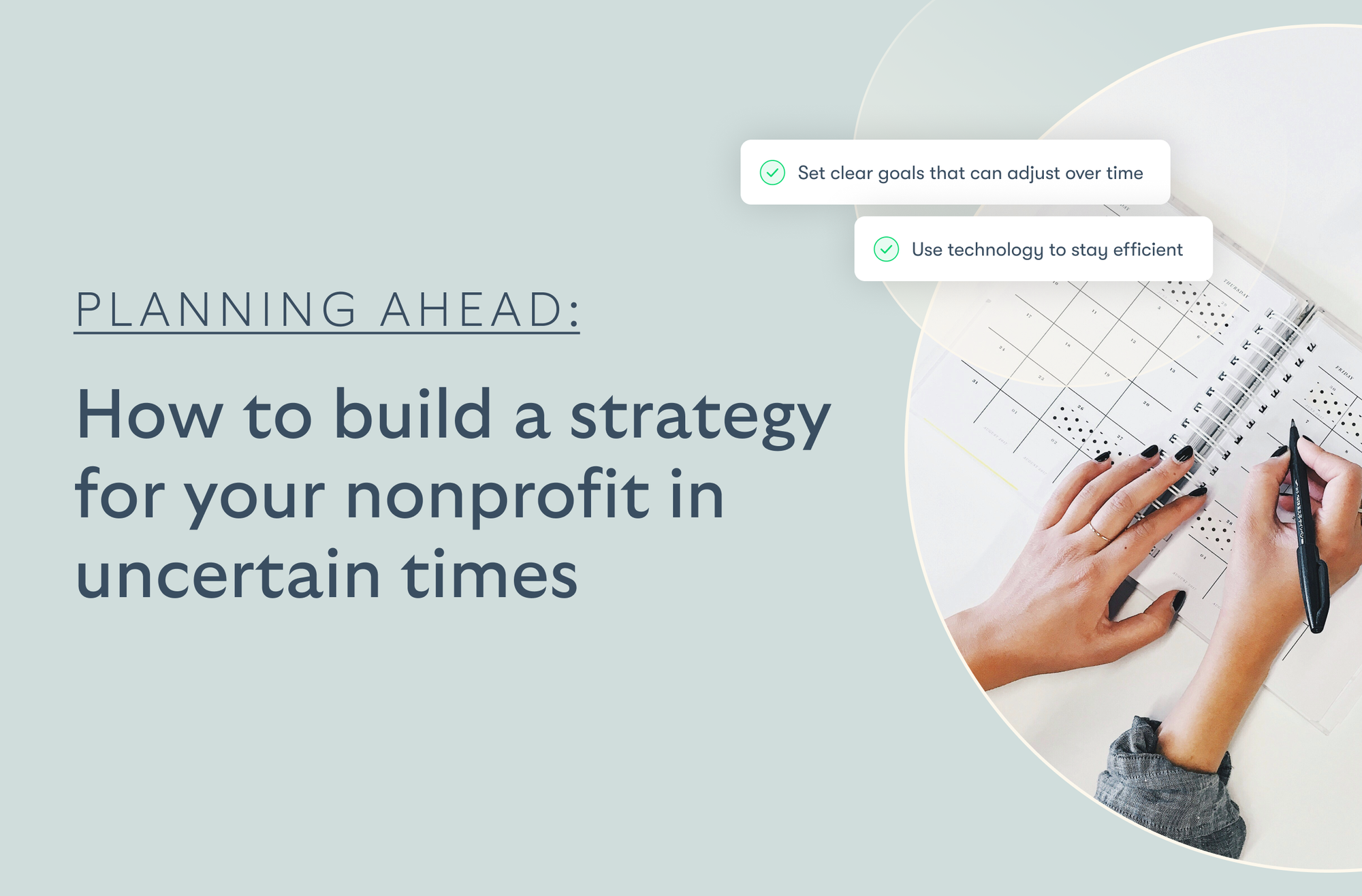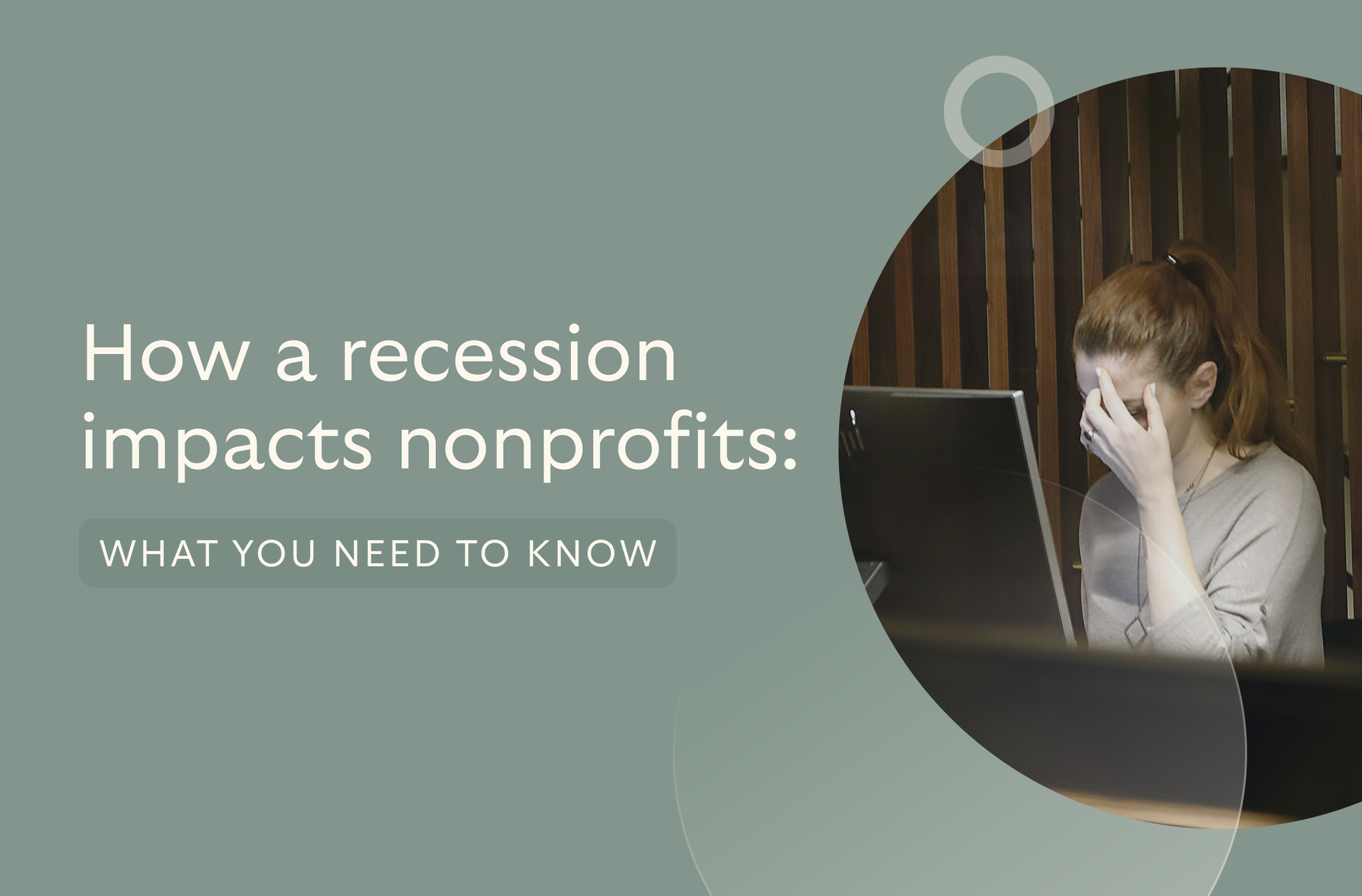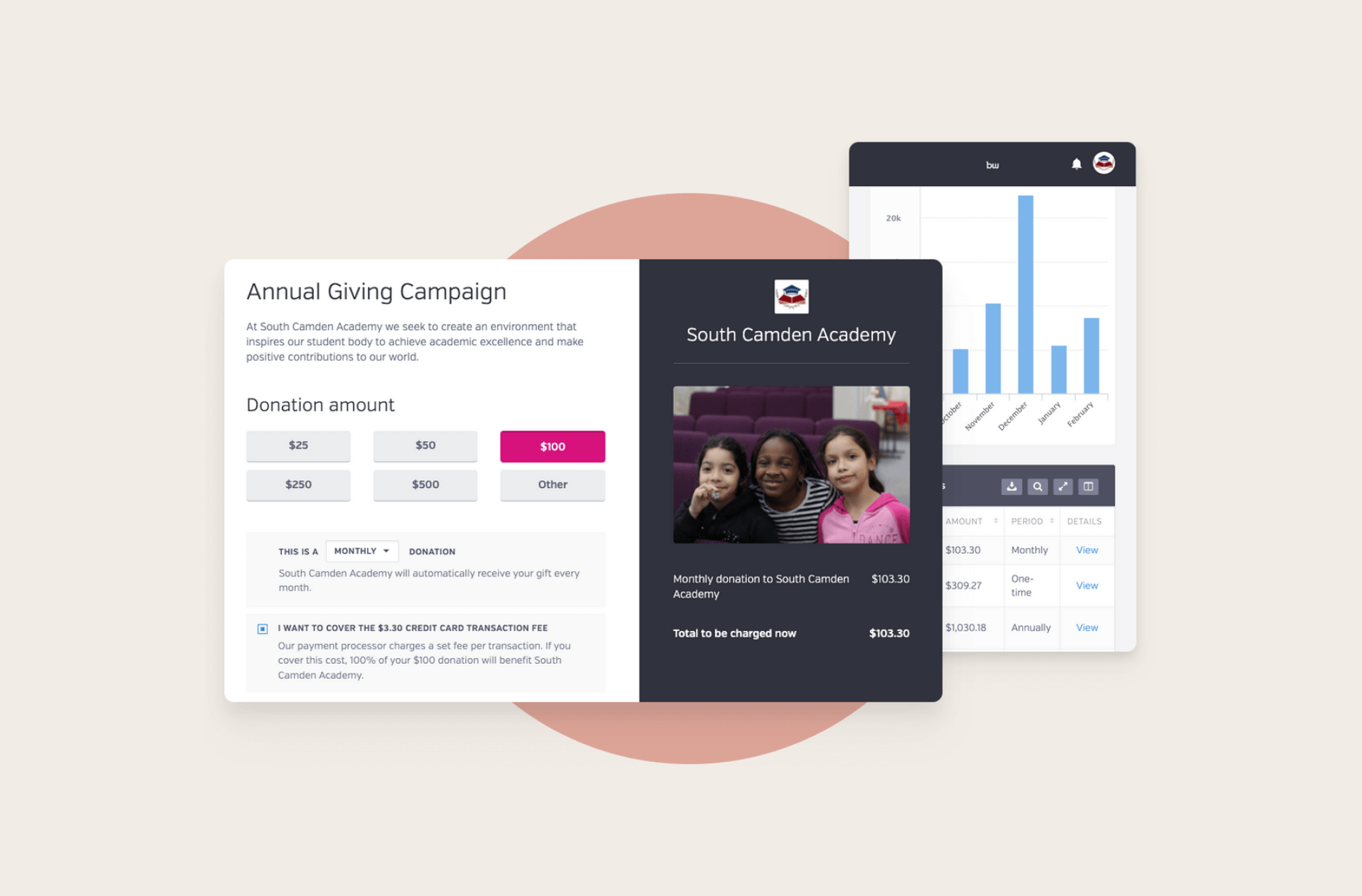Video Integration — boost the buzz around your online fundraising campaign
Time-saving – thoughtful automations save dozens of hours over your campaign
One-Click Checkout — our system will automatically charge the lucky winner
Text Message Notifications — keep your bidders engaged with text message notifications
Want to build an effective fundraising campaign?
Our team is here to give you more details and guides on how to grow your fundraiser.
How to Make Your Fundraising Events More Inclusive?
By Whit Hunter on

The demand for equity, diversity and inclusion is growing day by day. Therefore, it’s important for nonprofits to imply inclusive practices in their events.
Most nonprofits target ‘traditional’ donors who are wealthy, white and aged and end up excluding donors who experience disability, are from marginalized communities or have less access to traditional funds.
Not including them eventually limits their donor base.
It’s important for nonprofits to take initiative regarding accessibility, equity, and inclusion in their fundraising events .
This blog post lists down helpful strategies and tips to help your organization host inclusive and accessible fundraisers, and also sheds light on the importance of inclusivity.
Why Is Inclusivity Important?
Inclusion and diversity should be a key aspect of your event planning, as it helps create an environment of acceptance. This encourages innovation, opens up opportunities, and contributes to a more fair society.
Nonprofit professionals need to learn about why diversity is essential to a fundraiser’s success: how their unconscious biases can create barriers to progress, and how change within the nonprofit and behavior of leaders is crucial to sustaining improvement in diversity, equity, and inclusion.
Your nonprofit can create the following benefits by embracing diversity and promoting inclusion at their events:
- You can create events that are enriching, impactful, and inclusive for all participants.
- Your donor base will not only expand to people with disabilities,and different cultures and their friends and family.
9 Ways to Make Fundraising Events More Inclusive
Embrace Diversity
The first step towards inclusivity is by embracing diversity.
Here are a few ways you can implement diversity in your nonprofit organizations and your events:
Start incorporating it in different aspects of your fundraiser event.
- Diversify your staff such as volunteers, donors, sponsors, and event speakers. Hire individuals from different cultures and disabilities.
- Offer inclusive opportunities to your staff, volunteers, and team members. One way to support volunteers with disabilities is by encouraging them to take on similar roles as their peers without disabilities.
- Create and establish an organizational statement about diversity, equity, and inclusion to show that your fundraising events promote inclusivity.
Let Go of One-Size-Fits-All Approach
It's important to eliminate all bias and stop assuming that everyone is the same. That’s why, considering the individual needs of each audience must be at the very core of planning an inclusive fundraising event.
Put yourself in their shoes and then think about how you can incorporate different ages, genders, abilities, religions, and ethnicities.
Here are two ways you can do that:
1. Schedule Your Fundraiser With All Holidays and Schedules in Mind
When you are planning your fundraising event, check your calendar to ensure that you are not scheduling anything over religious or important holidays across different cultures.
While it is impossible to accommodate everyone, being aware of the potential conflicts is an important aspect, especially if your community is culturally diverse.
2. Offer Various Types of Food or Beverages
Having diverse options of foods and beverages can help you create a more diverse atmosphere for all cultures at the event.
For instance, providing non-alcoholic beverage options is a way to be respectful of various cultures and religions. You can also keep non-vegetable options for vegan people.
Focus on Accessibility
Your nonprofit needs to prioritize accessibility for your audience wherever possible. Make your fundraising event accessible to all of your audience.
Here are some ways you can make your event assemble for everyone:
- Select a venue that is accessible for wheelchair and mobility users, such as a large hall, sports center, or school playground instead of a field unless you can make it wheelchair and mobility user friendly.
- Research and determine the lighting for your fundraiser. It's best to avoid strobe lighting, flash photography, or fluorescent lighting, as they can trigger some people and set off certain disabilities.
- Provide quiet areas or restrooms for people if they need some downtime or privacy.
Use Inclusive Language and Communication
It's important to include inclusive language and information material to cater to everyone in your audience. This is an essential part of making your fundraising event more inclusive.
Here are a few ways to include inclusive language and communication at your fundraising events:
- Offer translation for non-English speakers in your audience.
- Use a large font in your content for visually impaired people. Just like that includes audible materials for visually impaired people.
- Use inclusive terms like “all” or “everyone”.
- Refrain from using language that assumes everyone has the same ability. For instance, instead of saying “Can everyone please stand up” you can say, “If you are able, please stand.”
Let us help you raise more! Use BetterWorld’s free, easy fundraising tools!
Plan Activities for Diverse Groups
The best way to make your fundraising event more inclusive is by organizing an event that offers activities for everyone.
For instance, if it's an auction, don’t assume that everyone can bid on an expensive live auction item. Try including a wide range of items in your auction at different price points. This will ensure that all your guests have a great time and feel valued.
You can also achieve this by planning a small summer fair which includes various activities like arts and crafts, bake sale, guessing games, and face painting.
These activities can create the perfect all-inclusive atmosphere. You can even offer various levels of the same activities to cater to people with all abilities and encourage even more participation from everyone.
Invite Speakers From Diverse Cultural Backgrounds
The best way to make your audience feel included is to attempt to include them in your process from start to finish.
If your fundraising event has speakers or presenters, include disabled and culturally diverse people on your panels, or consult with them on discussion topics.
It's important to invite various speakers from different backgrounds and experiences to provide valuable insight into the issue being discussed at the event. This can also help your attendees feel more connected to the event and its purpose.
This will show that your organization does not portray these diverse individuals only as recipients of your services but as contributing members of your community, as leaders, and as caregivers.
Make Diverse Content
Inclusivity does not start at your fundraising event, it starts with your promotional content. Promote your events with diversity and inclusion in mind. A successful inclusive fundraising event lies at the heart of successful inclusive marketing.
Here are a few ways to diversify the content in your marketing materials and better engage with specific communities:
- Feature individuals from different backgrounds on your marketing materials and organization’s website to show you represent these people and embrace inclusivity. This will help people relate to your fundraiser and promote diversity.
- Create colorblind-friendly content in your marketing materials, including your website, social media ads, and flyers. You can do this by minimizing certain color combinations close together like red and green or purple and blue.
- Include a brief written description below your images on your event’s website (also known as image alt text). This helps the visually impaired individuals using screen readers easily comprehend your visuals and graphics.
- Translate your marketing materials into different languages. To determine which translations to provide, look at the demographics of your target audience and choose the most common languages spoken by them.
- Include subtitles in your videos so participants who are deaf or hearing impaired can fully enjoy and understand your content.
- Create content that reflects the varied interests of different communities in order to attract a more diverse audience.
Educate Yourself and Others
It's important to educate and empower others in your audience about inclusivity and how they can also help others embrace it.
Here are some easy ways you can start doing that:
- Train your staff on how they can create an inclusive environment for all attendees at the event, free from any unconscious bias.
- Set clear guidelines for volunteers that emphasize treating every attendee with equal respect and consideration.
- Hire bilingual staff or translators to assist attendees in their native language.
- Encourage your diverse group of sponsors to engage with attendees on topics they are passionate about and spread awareness regarding relevant social issues.
Lean on Data to Improve Future Fundraising Events
A simple way for nonprofits to ensure that their community members feel included at their next fundraising event is by asking them.
You can do this through post-event surveys, asking questions on social media, or a Google questionnaire link right into your invitation. Collecting that data and taking answers directly from your community can help you learn the right inclusive approaches to your event.
These can also let you know what strategies worked, and what needs more attention for your next fundraising event to ensure your approach to inclusivity becomes a reality. Keep in mind that every fundraising event you host can be a learning experience for your organization.
Some fundraising efforts work better than others. But if your fundraising team has the right intention of bringing inclusivity to your fundraising events, then their hard work will pay off in the long run.
Conclusion
These strategies are perfect for your nonprofit organizations to include inclusivity and diversity through their fundraising practices.
The key to making your fundraiser more inclusive is creating exciting opportunities to include everyone, regardless of their abilities. Therefore, start by thinking about accessibility, virtual options, and fun engagement strategies that engage everyone.
This will naturally create an inclusive atmosphere at your fundraising event and increase your donor audience and make everyone feel welcome.
If you are a nonprofit organization that wants to improve and elevate your fundraising process, you can sign up on BetterWorld.

Join 100,000+ amazing nonprofits, organizations, and fundraisers on BetterWorld

Let our FREE fundraising tools help you raise more funds with less effort








